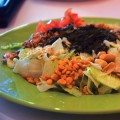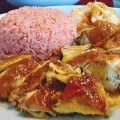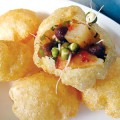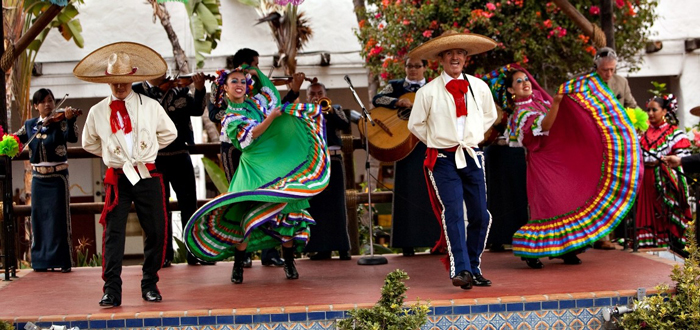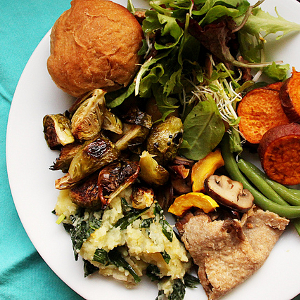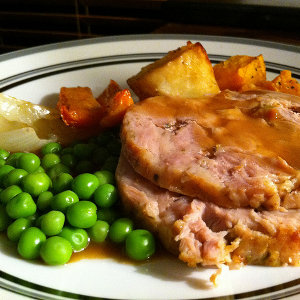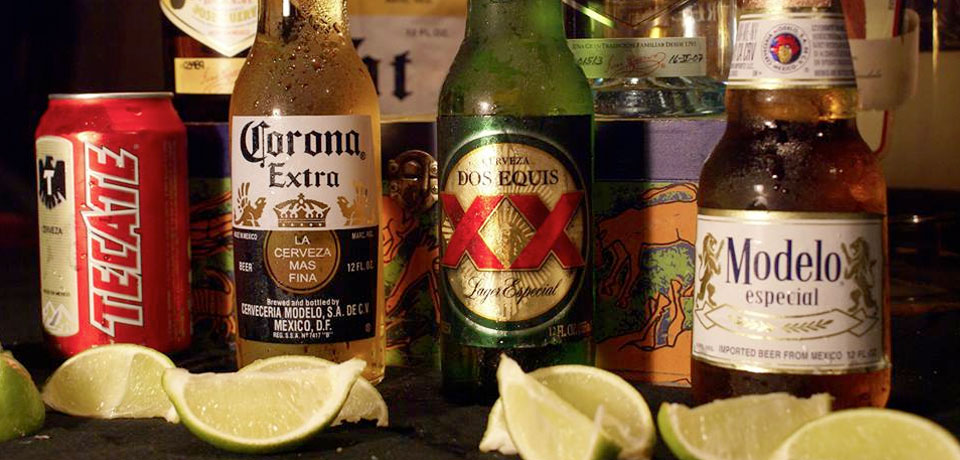Kyusu co-owner Monaye Win only lived in Burma until the age of 10. After that, his family moved to Japan, where he grew up, and then relocated to the United States, where they’ve lived now for 12 years. He is, however, quite familiar with Burmese cuisine thanks to his mother’s cooking. In fact, Kyusu’s menu is based on her recipes, which cover an interesting blend of popular Burmese food, regional dishes particular to the Shan state and some of her special homemade concoctions.
The restaurant actually was his mother’s idea. They had eaten at one of the few places in the area that offers Burmese food, and she thought that it wasn’t particularly authentic. She told him that people around here should be able to have some really good, authentic Burmese cooking, offering her recipes as just that. To understand Burmese cuisine, it helps to know its location in Southeast Asia. The country is tucked among India, Thailand and China, and evinces obvious influences from each of these countries. Each of the dishes I ate were very different from one another and incorporated very different flavors, a testament to the diverse influences.
Yet Burmese food is entirely its own cuisine. The tea-leaf salad ($7.50), for instance, a common dish all over Burma, is quite unusual—no other country nearby uses tea leaves for eating instead of steeping. The leaves are pickled and imported from Burma. They are tossed with cabbage, fried beans, seeds and nuts. The percentage of tea leaves in Kyusu’s tea-leaf salad is low compared to a restaurant in Burma, for the sake of American palates, although the fresh nutty flavors complement the light tea flavor well. Plus you get to watch them toss the salad for you at your table.
Seik tar chet, or goat stew as it is called on the menu, is another common Burmese dish. It isn’t exactly a stew the way Americans define a stew. It contains savory hunks of goat meat and rests in a light, tangy tomato sauce. It costs $12.50, which is a bit steep compared to an otherwise inexpensive menu. It was a smooth, lightly spicy and filling dish. The goat was very succulent and worth the price. There are several Shan regional dishes on the menu. Two are especially worth trying: the shan kuak swe, which is a rice noodle soup with chicken, pork, veggies, peanuts and garlic ($8.50), and tofu gyaw, a fried tofu appetizer that resembles crackers ($5.50). The curry aroma chicken ($8.50) comes highly recommended, if for no other reason than it is one of Win’s mother’s personal concoctions. It contains fried hunks of chicken cooked in a sweet and sour curry and has a slight Japanese flair to it.
Kyusu Burmese Cuisine
1312 Saratoga Ave., San Jose; 408.682.0777

 Hedda Gabler at City Lights
Hedda Gabler at City Lights  Steins Beer Garden & Restaurant
Steins Beer Garden & Restaurant 
